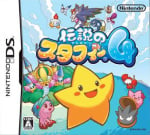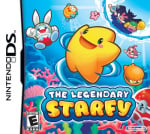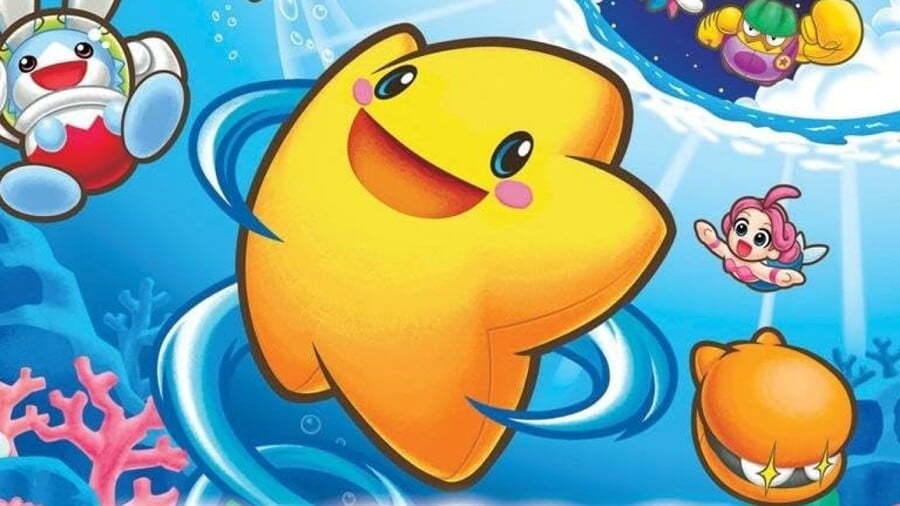
With all three GBA Starfy games — which were originally released only in Japan — now available to play on Switch with a Nintendo Switch Online Expansion Pack subscription, we're updating and republishing this brief introduction to the little star which originally went live a whopping 15 years ago. Enjoy!
Since many gamers outside of Japan are not terribly familiar with the Densetsu no Starfy series of games (the Nintendo DS' The Legendary Starfy is the only entry so far to have been released in the West), we thought it would be fun to take a look at the history of the series, complete with some fun facts that might surprise even veteran fans.
 Watch on YouTube
Watch on YouTubeSubscribe to Nintendo Life on YouTube841k
For starters, there's always been a significant amount of confusion as to exactly what the games are supposed to be called in English. Densetsu no Stafi was perhaps the most popular before Nintendo officially settled the argument with 'Starfy' for the NSO release (bringing it in line with the DS release), but Densetsu no — or sometimes 'Legend of' — Stafy and Starfi have also been used by fans.
The Densetsu no Starfy games are a unique series of platforming titles developed by a small development squad known as TOSE. You might know this outfit for its previous development of Nintendo's Game & Watch series of Game Boy releases or the many games on Nintendo platforms and elsewhere that it's had its hand in since the Famicom days.
The Starfy games use a unique combination of platformer elements with underwater physics and puzzle-solving elements to form a unique platforming experience. This is the main reason the games became so popular with importers who've been enjoying the games since they debuted in Japan back in 2002.
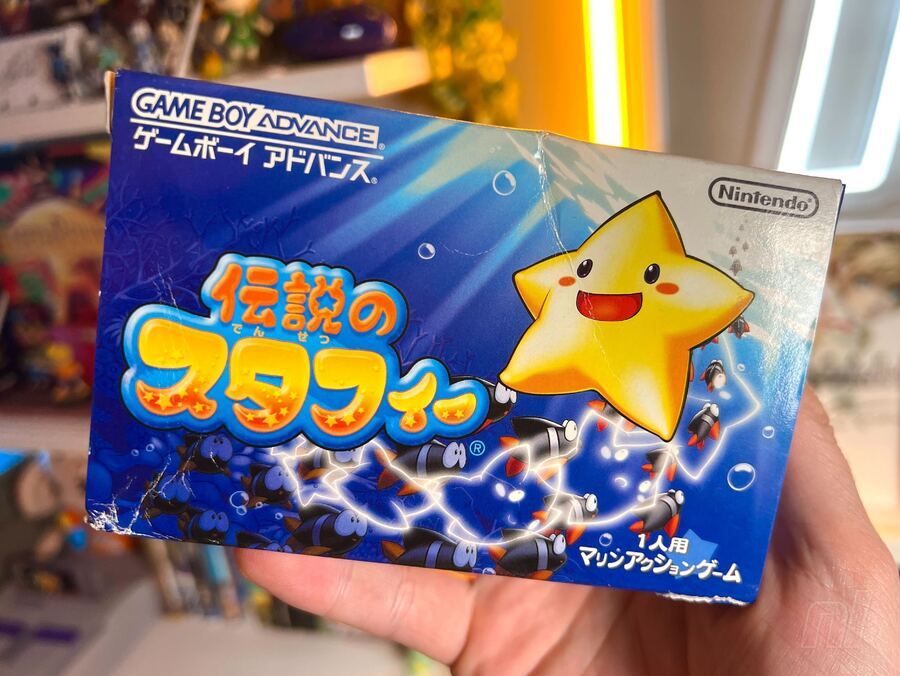
While the Starfy games weren't released outside of Japan, Starfy himself has made a couple of cameo appearances on two popular US Game Boy Advance and DS releases — Mario & Luigi: Super Star Saga and Super Princess Peach — plus an appearance as a costume in Super Mario Maker. Sadly, for two decades those were the few opportunities many English-speaking gamers had to experience the cute little platforming star for themselves.
The first title, Densetsu no Starfy, was developed for the Game Boy Color platform having previously been developed as a prototype for the original Game Boy. The game was already completed and about to be released when it was decided to move it over to the upcoming Game Boy Advance instead. While this news initially upset players awaiting the GBC version's release, it was probably the right decision in the overall scheme of things, given the GBA's imminent release and the nice little musical and visual facelift it received.
The first game was packaged and released in Japan on September 6, 2002. It sold quite well and its toned-down difficulty made it widely accessible, even to less seasoned gamers. Not long after its release, rumors of a sequel were already beginning to circulate among the Japanese gaming community.
TOSE went to work on Densetsu no Starfy 2, this time stepping things up a notch or two with a longer game, which was one of the main complaints many gamers had regarding the first title. The sequel was released on September 5, 2003, almost one year to the day after the first game's release. Once again, its solid sales demonstrated how it was quickly beginning to take its place alongside other popular Nintendo first-party franchises on GBA in the eyes of Japanese gamers.
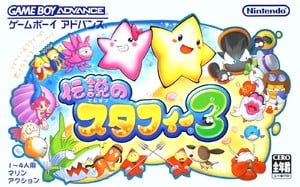
The game that most fans mark as the pinnacle of the series is Densetsu no Starfy 3. This would be the final Starfy release for the Game Boy Advance and was also the largest of the three games in terms of sheer play time. Released on August 5, 2004, the game also contained a surprise appearance by one of Nintendo's other famous mascots: Wario. It's difficult to tell which character Nintendo was trying to plug, as both Starfy and Wario were equally popular in Japan at the time, but it did make for a nice little surprise.
All of the traditional Starfy gameplay was back and this time the level designs were much more intricate, with a slightly elevated level of challenge compared to the two previous releases. This third entry went on to become a huge seller for the then-aging platform and would perfectly set up a release on Nintendo's upcoming DS system, which launched in Japan and North America at the end of the year. Starfy would soon have two screens to play on.
While development was well underway on Densetsu no Starfy 4, Nintendo gave Japanese fans a chance to design outfits for Starfy by allowing them to download a picture and color and dress up the little star in any way they saw fit. Winners of this contest had their designs added to the collection of costumes in the game.
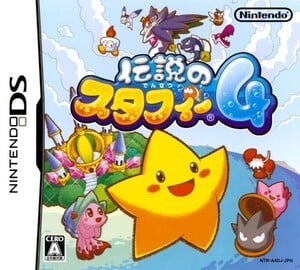
Starfy 4 was the first entry to have the luxury of dual screens, but the game stuck to the tried-and-true gameplay that had made it such a fan favorite and only used the touch screen for maps and bonus stages. It was a nice touch, but nothing to the degree that was used in a few other early DS releases where the touchscreen was the focal point.
One aspect of Densetsu no Starfy 4 that stood out from the previous GBA releases was the use of 3D visuals. While the game still retained its 2D layout and gameplay, the backgrounds and many of the between-level cinematics used the system's more powerful architecture to produce some absolutely stunning visual touches.
With the success of Starfy's first Nintendo DS release, it came as no surprise when Nintendo announced that a fifth title was in the works. On July 10, 2008, Nintendo released Densetsu no Starfy Taiketsu! Daiiru Kaizokudan in Japan and with it the first Starfy release to feature a co-op function that allowed a second player to join in via the DS Download Play feature during boss fights and other specific parts of the game.
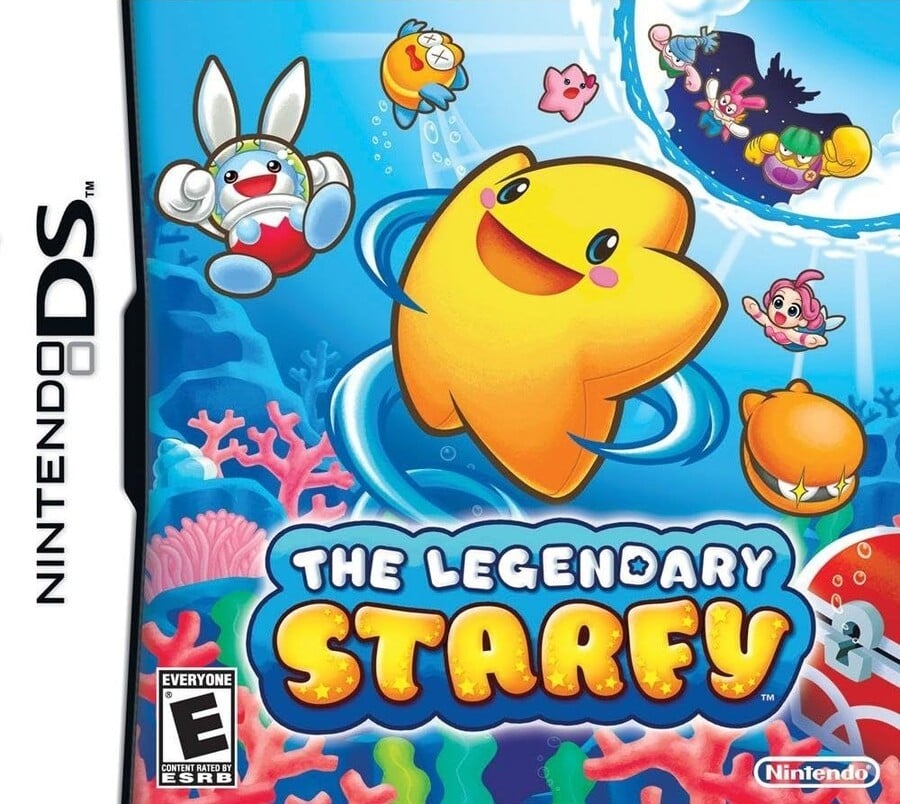
Once again reviews were positive and the game was quite successful in terms of overall sales in Japan. In fact, sales were so good that in February 2009 Nintendo announced that the game would be coming to the US as The Legendary Starfy on June 9, 2009. This marked the first Starfy release outside of Japan, and the last game in TOSE's series to date.
Whether or not the stars will align for Starfy's future return in a brand-new series entry is uncertain, but we're delighted that Switch owners now have easy access to this fantastic little series, even if they're not localised. Go explore those stars.
You can check out our retro reviews for each of the games below, and Nintendo Switch Online Expansion Pack subscribers can dive into them now.



